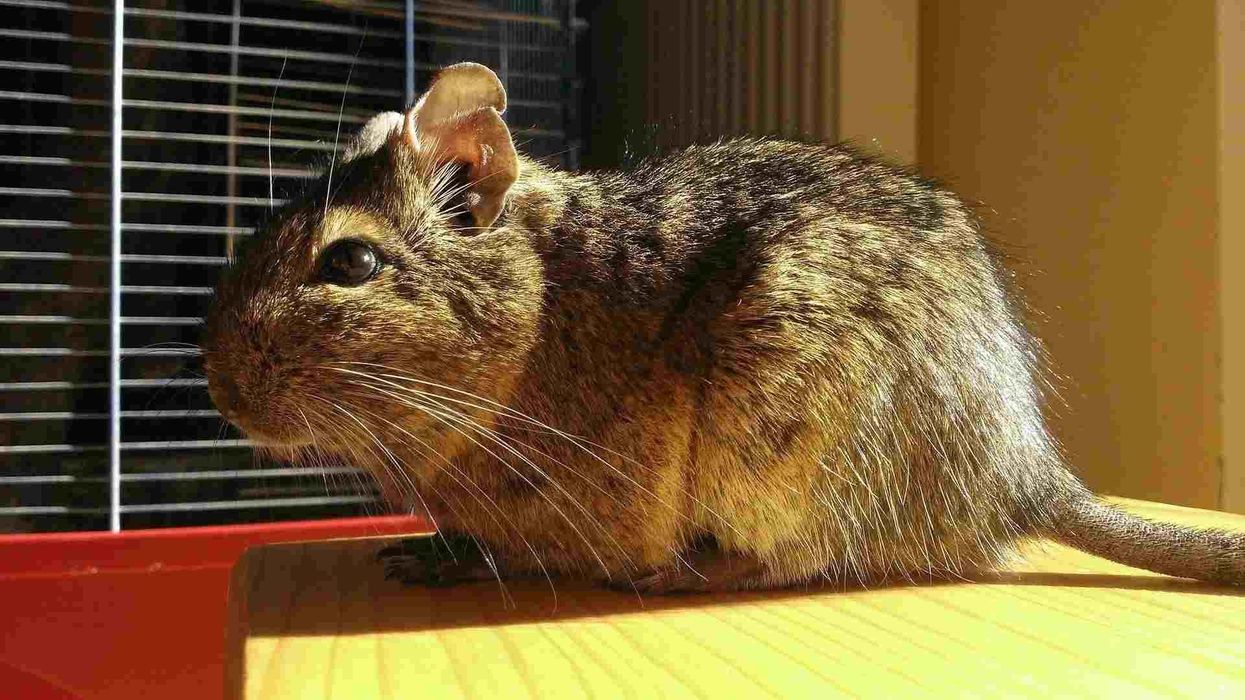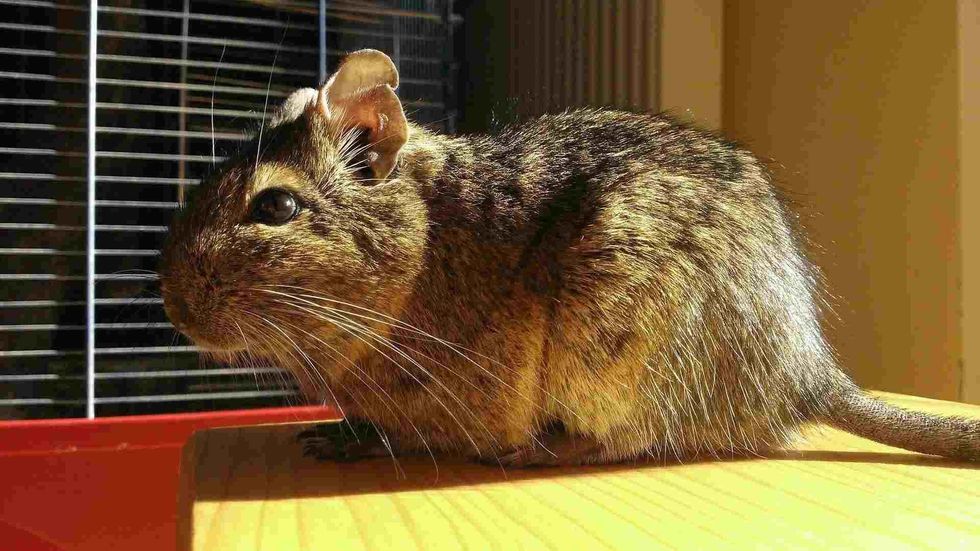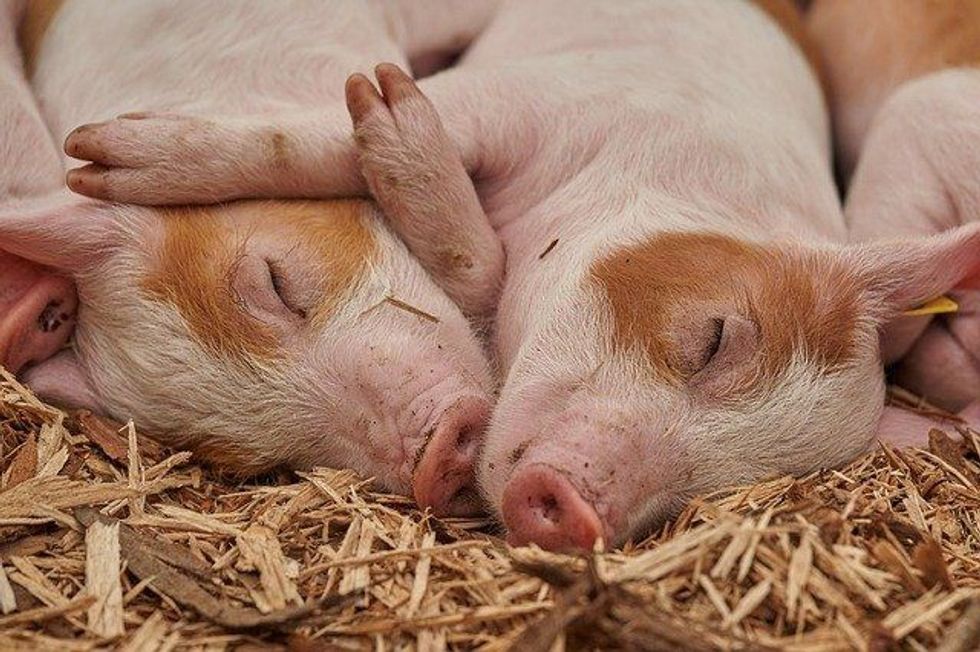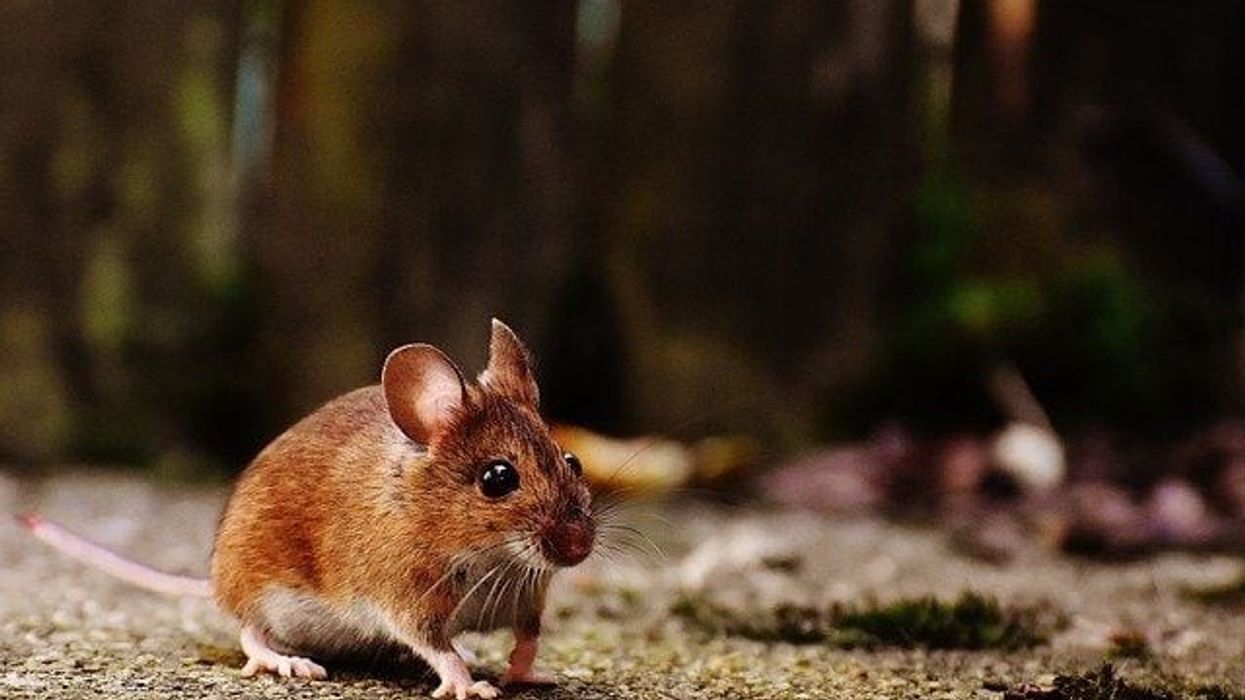The Rattus fuscipes, or the bush rat, is an elusive and nocturnal creature. The lifestyle of these creatures can be classified as terrestrial, burrowing, or altricial. These animals are not migrants. However, they can travel very long distances.
A male rat of this species can cover up to a distance of 0.6 mi (1 km) in the span of a night. This behavior is particularly visible in the summer or spring months. They tend to avoid areas around human habitations.
Their habitat includes both tropical and temperate climatic zones. The Rattus fuscipes have shy behavior. This behavior of bush rats makes it difficult for humans to spot them. Bush rats are not good climbers, and hence, avoid elevated regions.
Like reading about these animals and want to know more about them? Welcome to the bush rat kingdom.
If you like reading about these animals, you might also like reading about brown rats and muskrats.
Bush Rat Interesting Facts
What type of animal is a bush rat?
The bush rat is a small nocturnal rat belonging to the kingdom Animalia.
What class of animal does a bush rat belong to?
The bush rat Rattus fuscipes belongs to the class Mammalia. It belongs to the subclass Eutheria, the Animalia kingdom, and the phylum Chordata.
How many bush rats are there in the world?
According to the International Union for Conservation of Nature (IUCN) Red List of Threatened Species, the population trend of these rats is stable. However, the exact number of mature individuals of the species is not known. Also, the population distribution is not believed to be severely fragmented.
Where does a bush rat live?
The bush rat is found in the continent of Oceania and the country of Australia, especially in the coastal areas of southwestern Australia. They are seen in offshore islands like the Kangaroo Islands.
These bush rats are also seen in the coastal areas of southern Australia. They are common in southeast parts of Queensland in the D'Aguilar Range, New South Wales, and Victoria.
What is a bush rat's habitat?
The distribution of the rats is pretty diverse in nature. The bush rat's habitat is tropical, moist forests, eucalyptus forests, subalpine woodlands, lowlands, and coastal areas. They do not prefer living around urban settlements.
Who do bush rats live with?
Bush rats are not social by nature. They prefer to live their lives alone.
How long does a bush rat live?
The rat has a lifespan of one to five years. This totally depends upon their immediate environment, diet, and a host of other factors all contributing directly to the lifespan of the bush rat.
What are the reproductive habits of a bush rat?
Bush rats prefer nests hidden in dense foliage. Females can have several litters. Usually, there are four to five pups in one litter. The breeding season starts in November.
The gestation period for the females is 22-24 days. Burrows so built are lined with grass and other types of vegetation. The females nurse their pups in the burrows lined with grass for a period of 20-25 days. The young ones live on their own after that. Not much is known about their mating behavior.
What is their conservation status?
According to the International Union for Conservation of Nature (IUCN) Red List of Threatened Species, the bush rat, Rattus fuscipes, is classified as Least Concern. The population is stable so they are not protected yet.
Bush Rat Fun Facts
What do bush rats look like?

The creature is covered in a coat of fur. The bush rats from Australia have soft and dense fur. The rat is reddish-brown or gray-brown with lighter gray or cream underparts. It has a gray, brown, or black tail.
It also has white, gray, pink, or brown feet. The eyes are small and they have large ears. The males are larger than the females.
The physical features of the bush rats help them to stand out. They have round ears, the coloring is different and the head is pointed. The front teeth are different as well. The front teeth comprise a pair of incisors that have a chisel shape and hard enamel that is yellow in color.
How do they communicate?
The bush rats communicate through sounds. They also communicate using odor, touch, and visual identification. They tend to live in dense habitats and have sharp ears. Their sharp hearing is crucial to their survival as it allows them to steer clear of predators and also hunt down prey.
How big is a bush rat?
The bush rat is around 4.7-8.3 in (12-21 cm) in length. They are bigger in size as compared to kangaroo rats. However, they are smaller compared to woodrats.
How fast can a bush rat run?
The exact information on how fast they can run is not available for this species.
How much does a bush rat weigh?
The weight of this rat varies between 2.3-7.9 oz (65-225 g), this makes them significantly lighter than the nutria rat, which has a weight of 11-22 lb (5-10 kg).
What are the male and female names of the species?
The male of the species is called a buck. The female of the species is called a doe.
What would you call a baby bush rat?
A baby bush rat is called a pup or a kit.
What do they eat?
Bush rats are omnivores. They feed on insects, arthropods, fungi, seeds, and other plant material. They are known to feed on nectar without damaging the blossoming buds.
The bush rats can also be called fungivores as they feed on fungi. Also, the feeding habits differ according to the environment and the climate.
In winter, the bush rats feed on cyperaceous species of a particular variety. In summer, seeds, arthropods, insects are the main source of food. When inhabiting a dense forest, the bush rats feed on fungi and plant material.
Are they dangerous?
Bush rats are not notorious agricultural pests. However, they can carry airborne diseases such as leptospirosis.
Would they make a good pet?
Ideally, rats do not make for good pets. Thus, while it is not known how great pets bush rats might be, it is generally recommended that they not be kept as pets.
Did you know...
A group of bush rats has many names. It is called mischief, horde, swarm, plague, colony, or pack.
The genus species is further divided into the R. fuscipes fuscipes, the R. fuscipes greyii, and the Rattus fuscipes assimilis. The geographical distribution of these subspecies varies from one another.
Feral cats and red foxes hunt these animals.
A fire in a forest destroys the undergrowth and makes these rats even more vulnerable.
Removing food and water sources is an effective way to keep rats at bay. The species is listed under Queensland (Nature Conservation Act 1992). It is classified as of Least Concern.
Black rats (Rattus rattus), brown rats (Rattus norvegicus), and bush rats are similar species.
Bush rat vs black rat: The bush rat is chubbier, whereas, the black rat is more slender. Also, the length of the tail in the black rat is more. The black rat is the rat that people in Australia encounter more in their homes. Bush rats are skittish and not as bold as black rats.
A bush rat has a unique bushy tail. Its tail is 4-7.7 in (10-19.6 cm) long. This is also one of the differences between a rat and a bush rat.
What is the life cycle of a bush rat?
The average lifecycle of these rats is about 18 months. They do not live to undergo a second breeding cycle. The gestation period is of a few days. Bush rats become reproductively mature at the age of four months. The females have about five litters in a year.
How to catch a bushy-tailed bush rat?
To catch a bushy-tailed bush rat you can always set up a bait using food items like biscuits.
Here at Kidadl, we have carefully created lots of interesting family-friendly animal facts for everyone to discover! Learn more about some other mammals from our gray rat facts, or roof rat facts pages.
You can even occupy yourself at home by coloring in one of our free printable rat coloring pages.
Second image by Greg Schechter from San Francisco, USA









